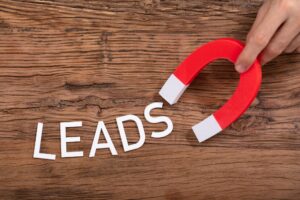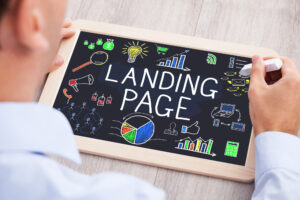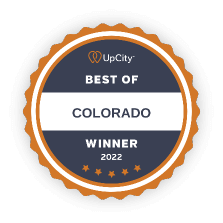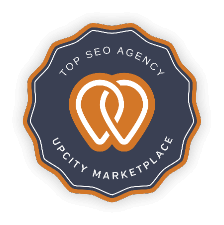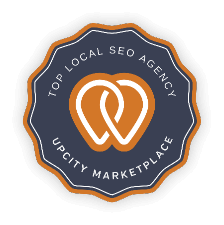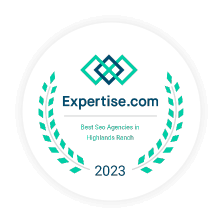In 2022, it is projected that more than 80% of ALL searches conducted online will be on Google, with Bing coming up the rear at a nominal 7.5 ish percent.
With more than 80% of all sales on and offline being attributed (at least in part) to a search query, satisfying Google’s algorithm with the RIGHT on-page ranking factors matters now more than ever before.
In this guide, we explore the most important on-page ranking factors for your website, and how you can implement these optimizations without needing a degree in rocket science or a decade of experience in SEO.
The Most Impactful On-Page Ranking Factors
Modern SEO is a complex and multi-disciplinary field of marketing. One such sub-category of the discipline is on-page SEO or on-page search engine optimization.
What are On-Page Ranking Factors for SEO?
What is On-Page SEO?
On-Page SEO is a term used to describe those elements of SEO that are controllable ON the webpage itself, or from within the code of that webpage. Primary examples include title tags, meta descriptions, structured data, headlines, content, and more.
On-page ranking factors have a major effect on each of your web pages’ chances of ranking on Google. When properly optimized, this can mean the difference between a flood of free, organic, hyper-targeted traffic month in and month out, or your pages looking like a ghost town.

Page Content
The content existing on your webpage is what makes it ‘worthy’ of consideration for search queries made by an individual. Google has made incredible strides in placing increased weight on the importance of high-quality content that is valuable, useful, engaging, trustworthy, and accurate. Google’s #1 job and priority is to improve the user experience so that they continue to trust Google to give them the right information, at the right time, just when they need it most. Your content needs to live up to that standard, offering the best answer to whatever the individual’s search intent happened to be for a particular keyword or keyword phrase.
From an SEO Perspective, What is Good Content?
- Content That Fills a Need or Matches a Particular Demand – in other words, content that is relevant to matching the search intent of an individual for a particular search phrase or query.
- Content That is Linkable – this speaks to the quality and VALUE of the content. Is the content unique, offers a different perspective, explains something in a new way, offers insight and data not found elsewhere, etc. All of these and more can aid in increasing the quality and linkability of the content.
- Content That is Focused and Purposeful – this element is just as important for SEO as it is for CRO and driving action and engagement on-page. Each piece of content should be purposefully planned and written to serve a particular purpose.
Title Tag and Header Tags
The title tag of a webpage is simple but highly impactful. Title tags provide Google and other search engines with a laser-focused, concise and accurate means to identify what the page is about. Title tags should always contain the primary keyword or keyword phrase, ideally positioned as close to the beginning of the title tag as possible.
Similarly, Header tags (H2, H3, H4, and so on), provide Google with additional information about the main points or main topics and subtopics on-page. Search engines use these to better understand how relevant your page is to a particular search query.
Meta Description
Think of a meta description as a succinct accurate description that lives inside of the page’s code. In the HTML, this description is not visible to visitors of the webpage but is crawlable by search engines. Meta descriptions provide additional insight into the pages’ focus, summarizing the page. These descriptions are also sometimes used by Google for featured snippet results.
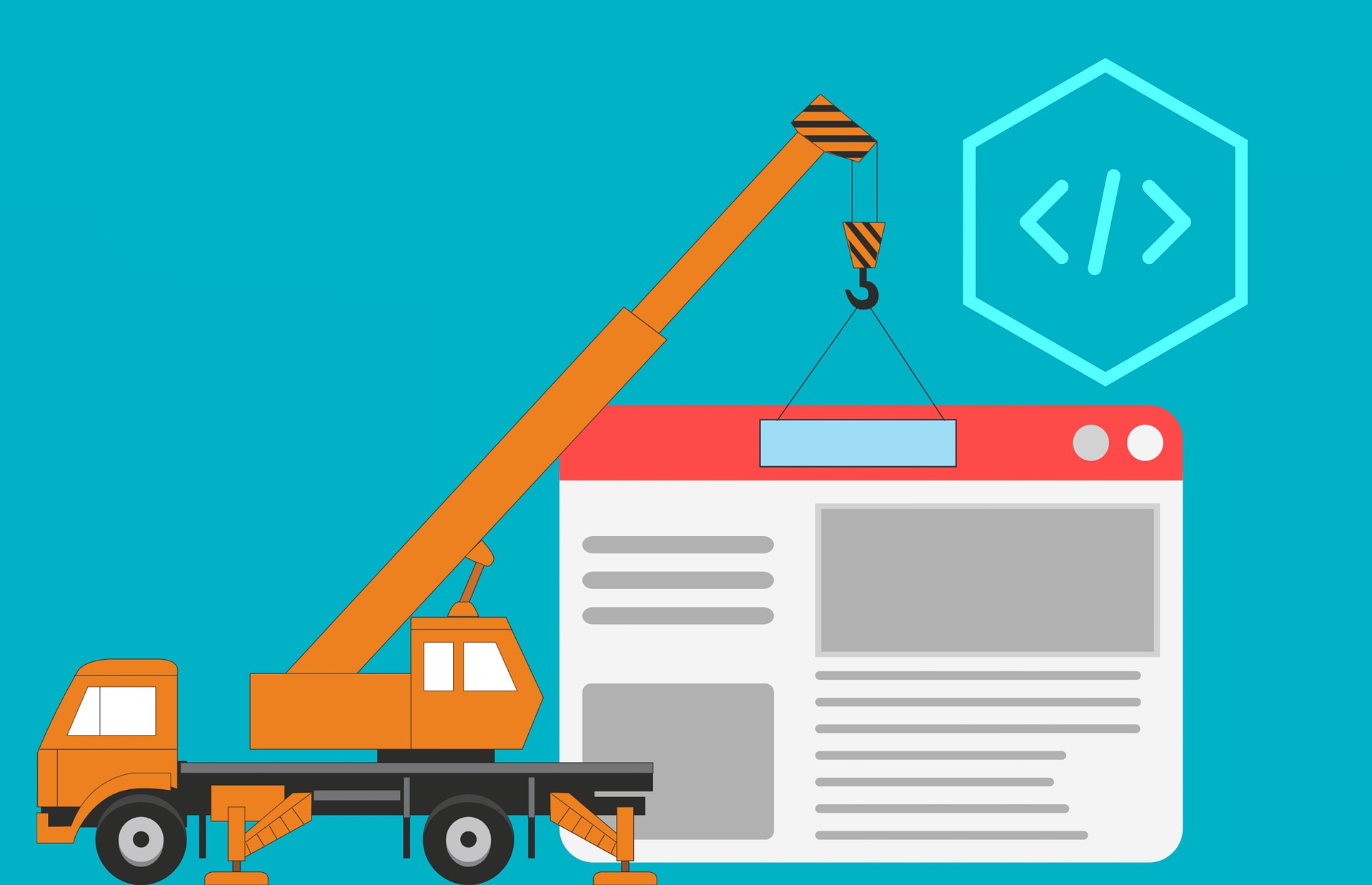
URL Structure
The way your URLs are structured can help with on-page SEO as well. For example, a long, jumbled, or inaccurate URL string isn’t just confusing to search engines, but also to visitors of your site.
Many eCommerce stores make the mistake of including jumbled product or SKU IDs in the product URL. A clearly missed opportunity to include the primary keyword and product category it belongs to.
Similarly, URL structure can be used to internally craft virtual silos and content funnels. This effort aids in improving not only the user experience (better-organized content), but also the customer’s journey to an eventual sale or action.
Well-constructed URLs are also the hallmark of a well-planned website, offering better and easier opportunities for internal linking and content clustering, a technique that is used to enhance relevancy, authority, and link equity distribution.
On-Page Ranking Factors Give You Better Control of Your Page’s SEO Potential
ON-page factors are those factors YOU control. With proper planning and execution, these factors are cost-effective, and impactful, helping position the site for success in the SERPS.


